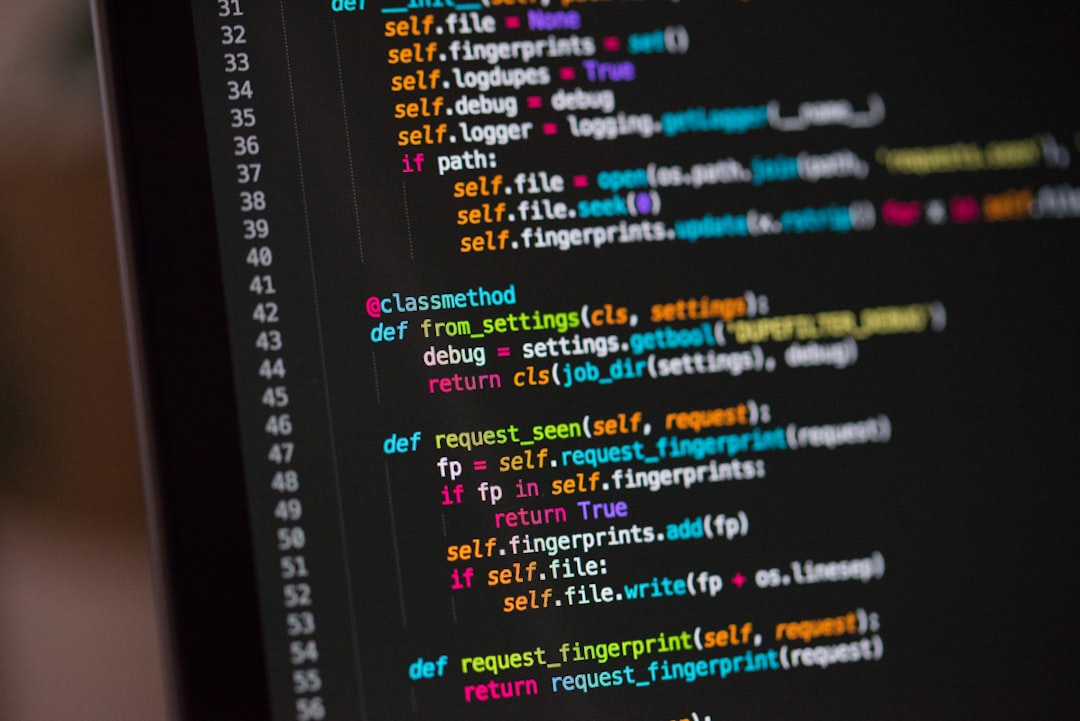What is it about?
Developers very often need to understand code, for example, to add a new feature, fix a bug, or make a change. Code comprehension can sometimes be a rather frustrating activity, sometimes quite fulfilling. To make the latter more common, researchers are looking into the subject. They investigate the influences on code comprehension with scientific studies, for example to work out guidelines for more understandable code or to support developers in understanding code. Today, such studies are more common than ever. We took a closer look at these studies in which human participants had to understand code. There were 95 of them, all published between 1979 and 2019. What we were interested in was not so much the findings of these studies, for example that shorter identifier names are easier to understand or how well certain tools can support code understanding. What was interesting for us was how code comprehension was measured in these studies. And we can now tell that all 95 studies did it differently. How would you measure how well a developer understood a certain piece of code? If you like, think about it for a moment and then take a look at our paper to see which studies have taken a similar approach.
Featured Image

Photo by Elisa Ventur on Unsplash
Why is it important?
The work supports researchers in the design of code comprehension experiments and points the research community in meaningful directions for their future development. Better studies will ultimately benefit developers who rely on the study findings.
Read the Original
This page is a summary of: 40 Years of Designing Code Comprehension Experiments: A Systematic Mapping Study, ACM Computing Surveys, October 2023, ACM (Association for Computing Machinery),
DOI: 10.1145/3626522.
You can read the full text:
Contributors
The following have contributed to this page










